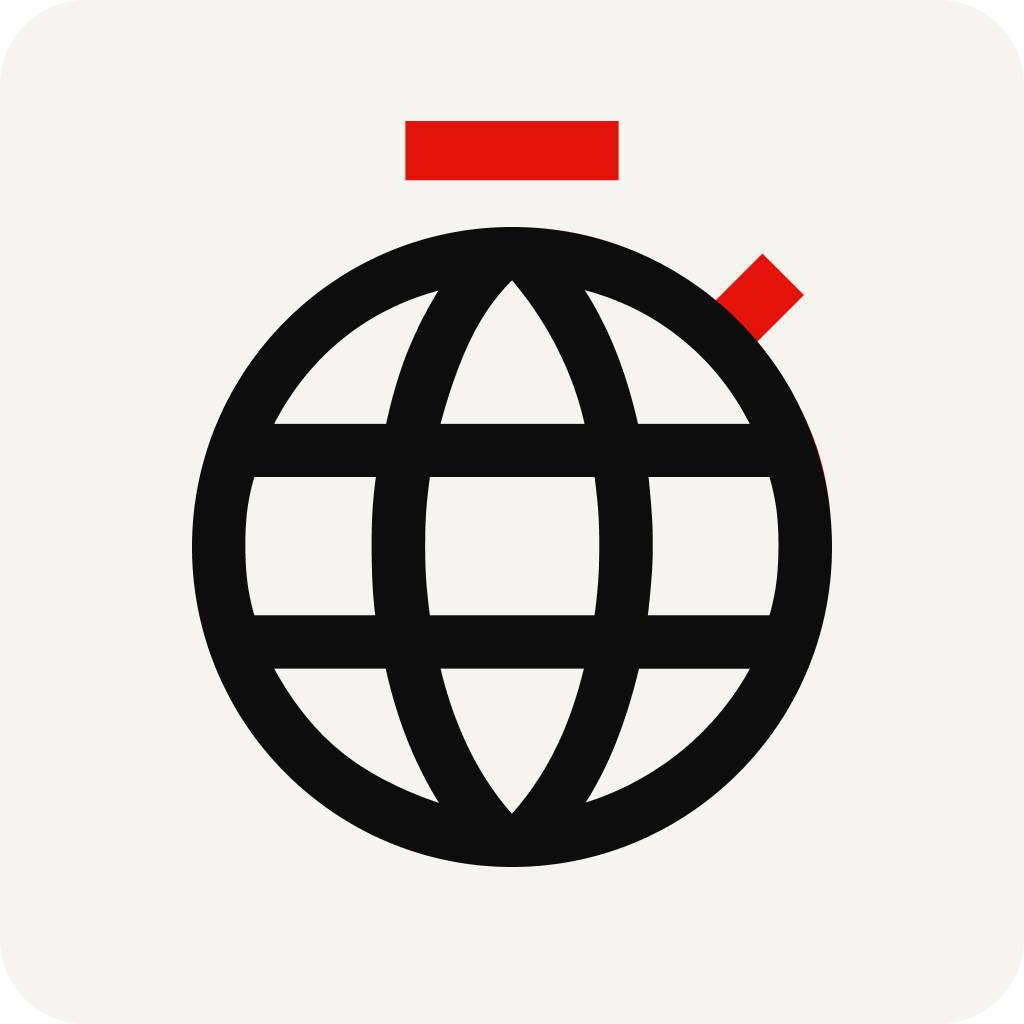Narendra Modi and Xi Jinping meet and resolve a border row
The meeting in Russia signals a new era of closer ties

A fatal border clash between India and China in 2020 did not just open a four-year fissure in bilateral ties: it triggered a tectonic shift in Asia’s geopolitics. In its aftermath, the two countries each sent tens of thousands of troops to their disputed Himalayan frontier, backed by artillery, missiles and fighter jets. China expanded military aid to Pakistan, India’s rival to the west. India, meanwhile, restricted Chinese investment and deepened defence ties with America and its allies. They, in turn, came to see India as a key partner in containing China.
Explore more
This article appeared in the Asia section of the print edition under the headline “Himalayan handshake”

From the October 26th 2024 edition
Discover stories from this section and more in the list of contents
Explore the edition
Prabowo Subianto is drastically cutting Indonesia’s budget
The cash saved is going into a new fund he controls

The election in Tajikistan is unlikely to be democratic
Instead it will be a way for Emomali Rahmon, the president, to cement his rule

How overt religiosity became cool in India
The Maha Kumbh Mela shows how tradition has become trendy
The trouble with ancient Indians
India is rapidly ageing. It’s in for some surprises
Singapore’s leader of the opposition is convicted of lying
The city-state’s usually dull politics have taken a turn
Only Asia can help America counter China’s shipbuilding prowess
But will Donald Trump let it?








